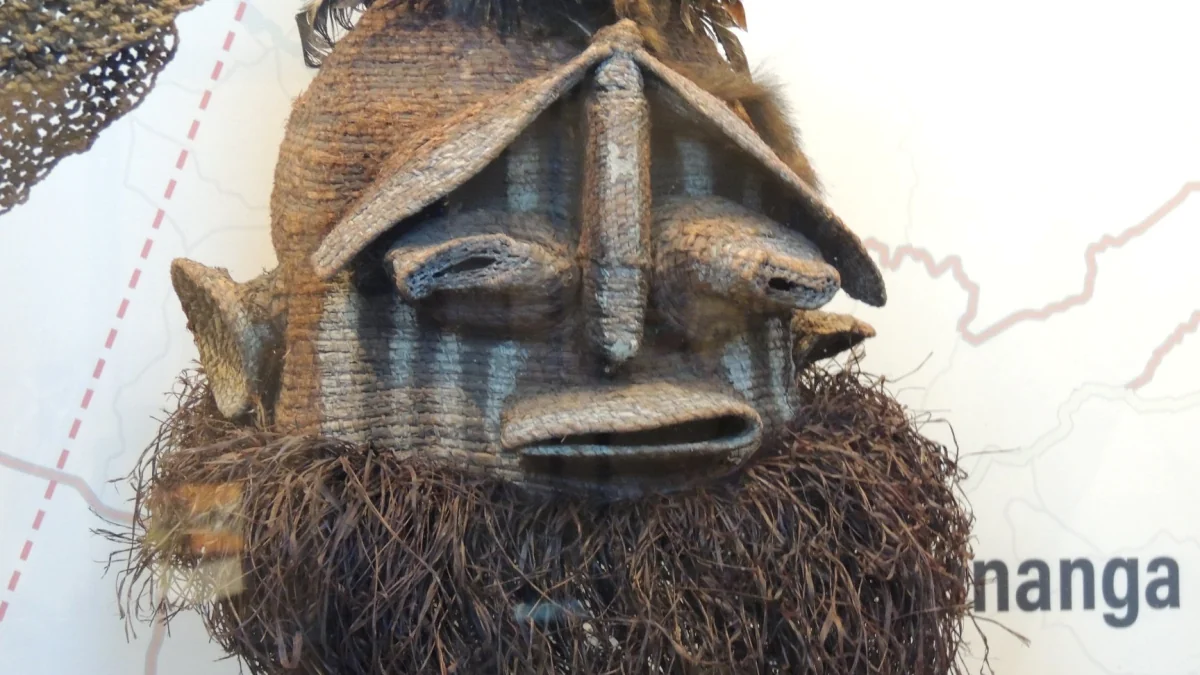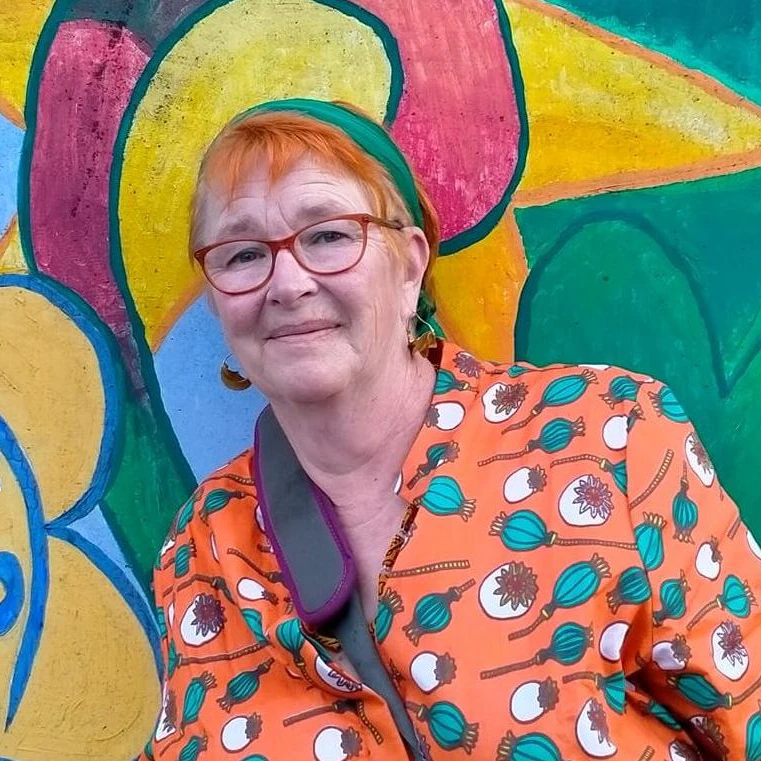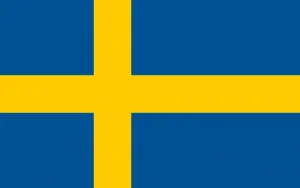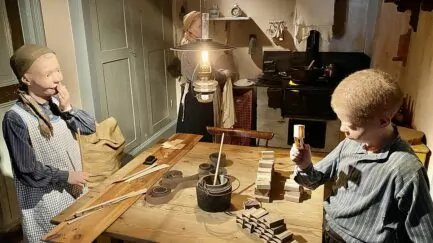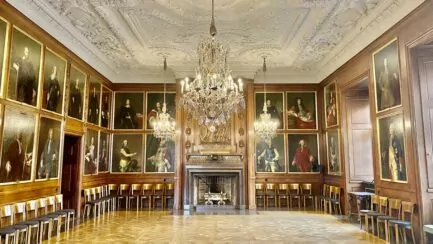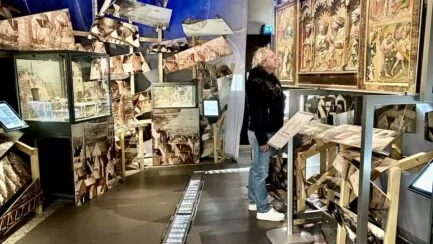Guest writer: Anna Nilsson Spets
Belgium, the country where I have lived for 15 years, has a sad piece of colonial history in what is now the Democratic Republic of Congo, then the Belgian Congo.
The Belgian state took over the land in 1908, which was then personally owned by King Leopold II, the colonial period lasted until 1960.

In Leopold II's time, the country was called the Congo Free State, and he completely mismanaged it, draining the country of its natural resources, especially minerals, natural rubber and ivory.
The king was a despot, the locals were forced to work under slave labour, and if they did not meet the daily quota, their hands were cut off or they were punished in other bestial ways.
His atrocities knew no bounds and it is estimated that the number of deaths during that time may have been as many as 15 million.

For the 1897 World Fair, the King set up a temporary exhibition centre at his magnificent Tervuren estate outside Brussels, built three authentic Congolese villages and forced 267 Congolese to come to Belgium as exhibits.
The Belgians would have the opportunity to watch the "natives", which was of course like a human zoo. On the pond, they were forced to paddle around in canoes. 7 of these poor people did not survive the winter ...

The Royal Central African Museum, as it is known today, is very different from the museum of the King's time.

A newly renovated modern entrance hall leads into the older parts of the huge building where the wings of history feel present. It actually creeps a little under your skin.

In the past, the winds of change have been blowing quite strongly in favour of the Africa Museum, which has been called the world's oldest colonial museum.

Today, however, a hundred years after its construction, it is something else entirely, a melting pot for those with an interest in everything from botanical, zoological, archaeological to ethnographic collections.


The site is not only a museum but also a scientific centre.

How these collections with different contents ended up in Belgium is varied, of course some items are the result of theft and illegal entry, many of the artefacts have thankfully been returned to the Congo and other parts of Africa.

Some collections have been legally donated or bequeathed.

There's a whole day's worth of things to see and do, the stuffed elephant, fossils, ebony sculptures and paintings.

Today, people have chosen to strongly distance themselves from colonial rule by trying to explain a part of colonial history that should not be forgotten.

The surrounding park is beautiful and lush, the Chinese Pavilion is spectacular, the French Garden is resplendent.
The Royal Museum of Central Africa is one of Belgium's most visited museums and definitely worth a full-day visit.
Reading tip: The Ghost of King Leopold by Adam Hochschild
The museum's website: www.africamuseum.be/en


